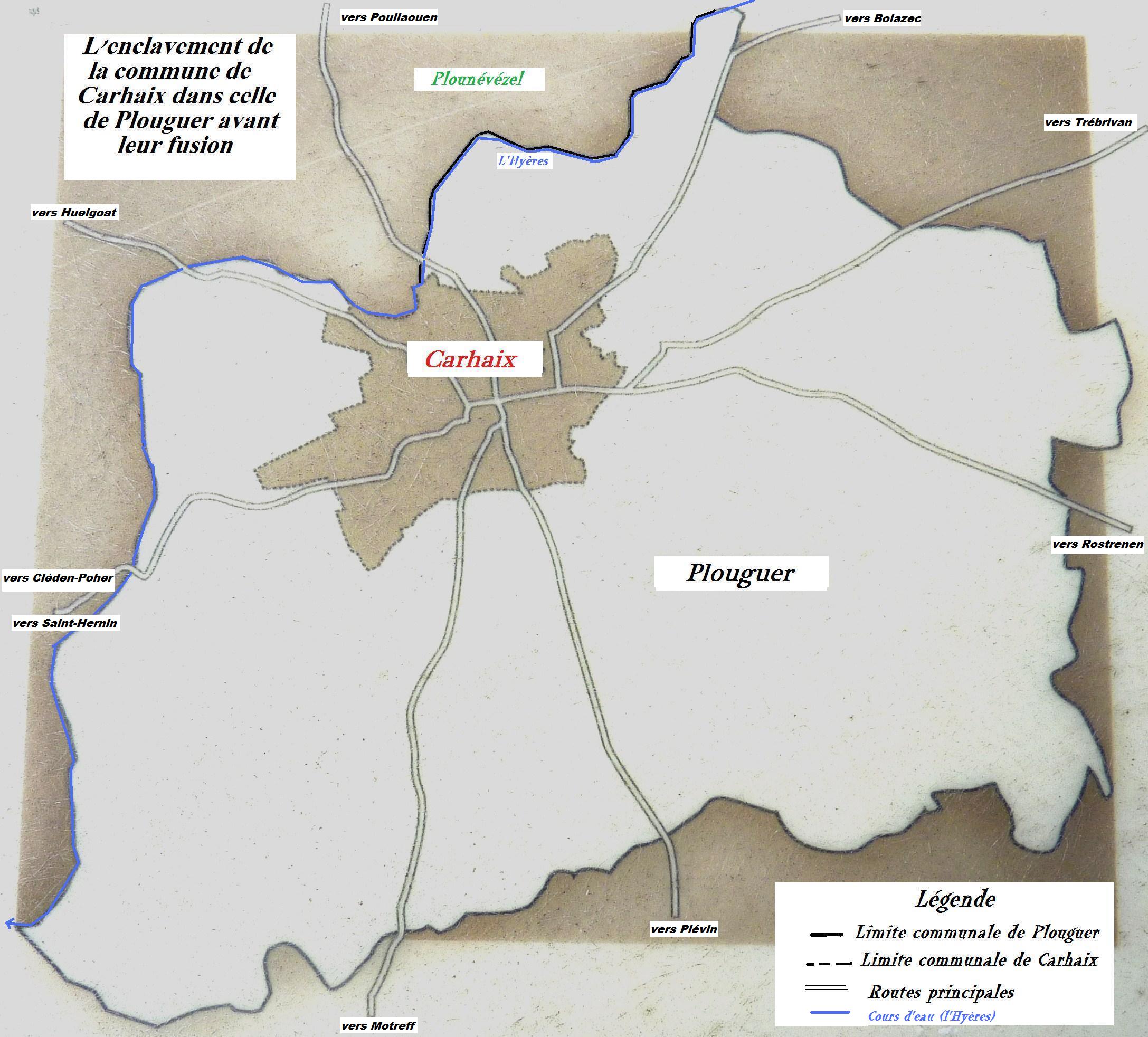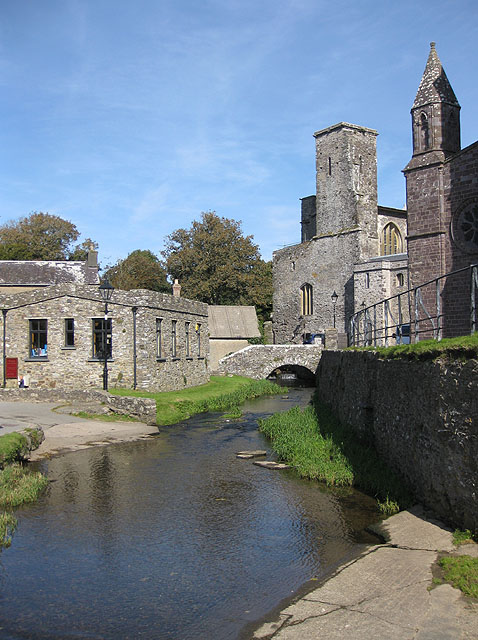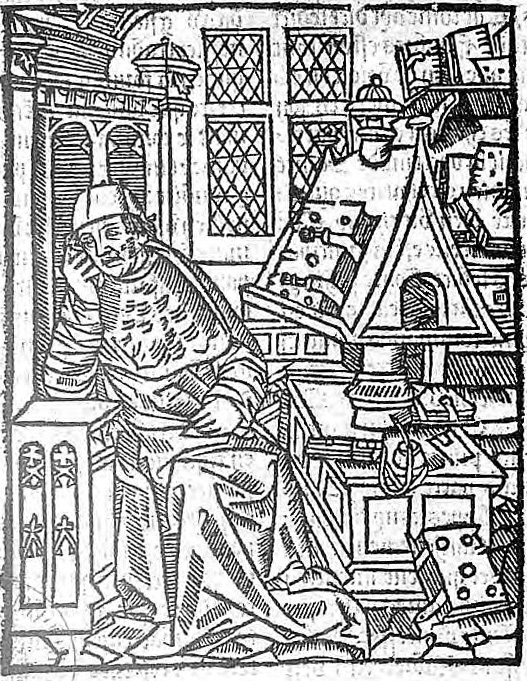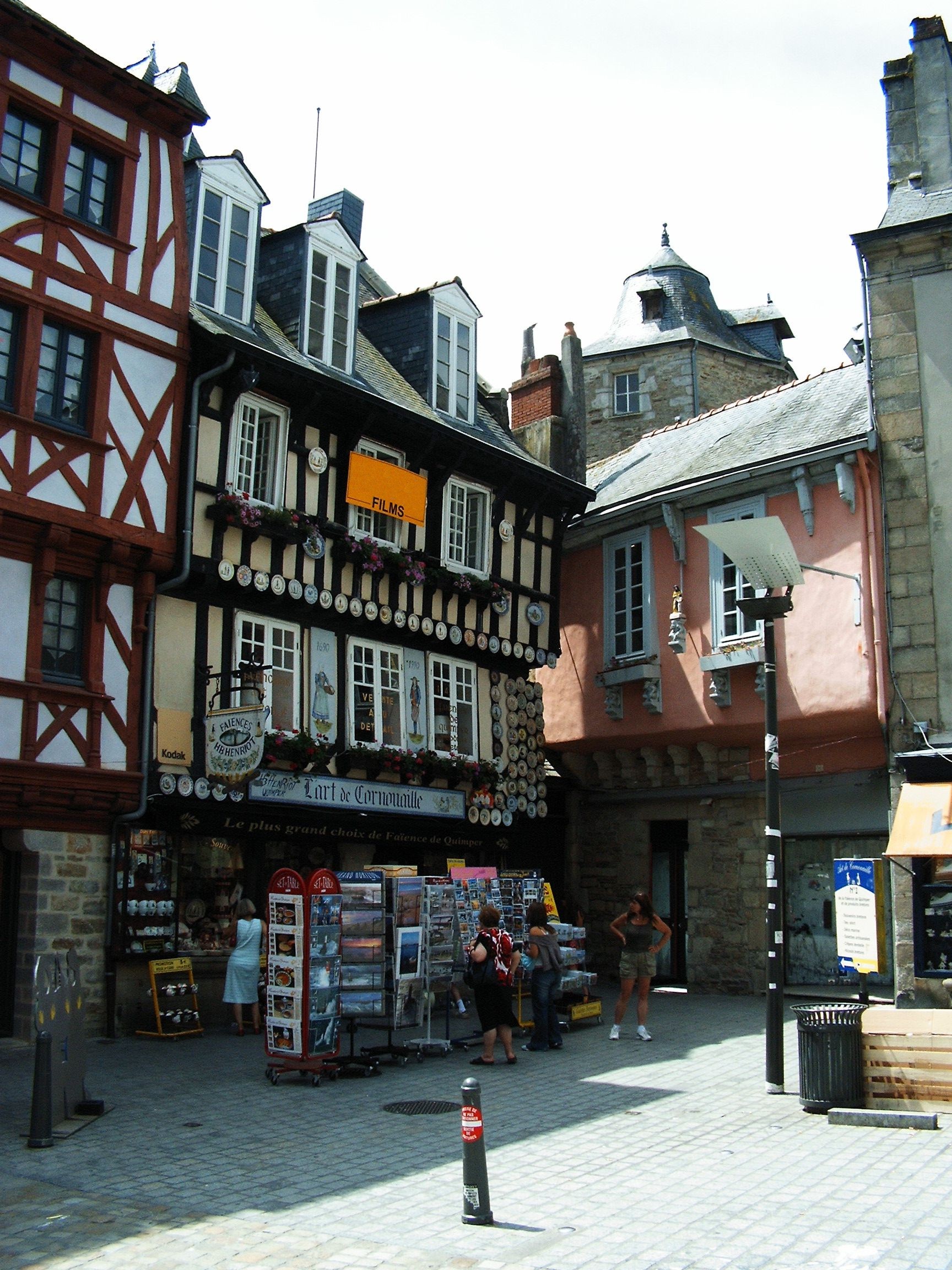|
Sites And Places Associated With Arthurian Legend
The following is a list and assessment of sites and places associated with King Arthur and the Arthurian legend in general. Given the lack of concrete historical knowledge about one of the most potent figures in British mythology, it is unlikely that any definitive conclusions about the claims for these places will ever be established; nevertheless it is both interesting and important to try to evaluate the body of evidence which does exist and examine it critically. The earliest association with Arthur of many of the places listed is often surprisingly recent, with most southern sites' association based on nothing more than the toponymic speculations of recent authors with a local prejudice to promote. Burial places *Mount Etna, the burial place of King Arthur according to Flouriant et Florete, Guillem de Torroella and Gervase of Tilbury. *Wormelow Tump, Herefordshire, the burial place of King Arthur's son Amr according to local legend; the mound was flattened to widen the ... [...More Info...] [...Related Items...] OR: [Wikipedia] [Google] [Baidu] |
King Arthur
King Arthur ( cy, Brenin Arthur, kw, Arthur Gernow, br, Roue Arzhur) is a legendary king of Britain, and a central figure in the medieval literary tradition known as the Matter of Britain. In the earliest traditions, Arthur appears as a leader of the post-Roman Britons in battles against Saxon invaders of Britain in the late 5th and early 6th centuries. He appears in two early medieval historical sources, the '' Annales Cambriae'' and the '' Historia Brittonum'', but these date to 300 years after he is supposed to have lived, and most historians who study the period do not consider him a historical figure.Tom Shippey, "So Much Smoke", ''review'' of , ''London Review of Books'', 40:24:23 (20 December 2018) His name also occurs in early Welsh poetic sources such as '' Y Gododdin''. The character developed through Welsh mythology, appearing either as a great warrior defending Britain from human and supernatural enemies or as a magical figure of folklore, sometimes assoc ... [...More Info...] [...Related Items...] OR: [Wikipedia] [Google] [Baidu] |
Alan Rufus
Alan Rufus, alternatively Alanus Rufus (Latin), Alan ar Rouz ( Breton), Alain le Roux (French) or Alan the Red (c. 1040 – 1093), 1st Lord of Richmond, was a Breton nobleman, kinsman and companion of William the Conqueror (Duke William II of Normandy) during the Norman Conquest of England. He was the second son of Eozen Penteur (also known as Eudon, Eudo or Odo, Count of Penthièvre) by Orguen Kernev (also known as Agnes of Cornouaille). William the Conqueror granted Alan Rufus a significant English fief, later known as the Honour of Richmond, in about 1071.Keats-RohanAlan Rufus (''d''. 1093) ''Oxford Dictionary of National Biography'' Biography Alan Rufus is first mentioned as a witness (along with his mother Orguen and brothers Gausfridus, Willelmus, Rotbertus, Ricardus) to a charter dated to 1056/1060, issued by his father Eozen to the Abbey of Saint-Aubin in Angers (q.v. Albinus of Angers). Alan already held some property in Rouen, the capital of Normandy, and was lo ... [...More Info...] [...Related Items...] OR: [Wikipedia] [Google] [Baidu] |
St David's
St Davids or St David's ( cy, Tyddewi, , "David's house”) is a city and a community (named St Davids and the Cathedral Close) with a cathedral in Pembrokeshire, Wales, lying on the River Alun. It is the resting place of Saint David, Wales's patron saint, and named after him. St Davids is the United Kingdom's smallest city in population (just over 1,600 in 2011) and urban area (the smallest city by local authority boundary area being the City of London). St Davids was given city status in the 12th century. This does not derive automatically from criteria, but in England and Wales it was traditionally given to cathedral towns under practices laid down in the early 1540s, when Henry VIII founded dioceses. City status was lost in 1886, but restored in 1994 at the request of Queen Elizabeth II. History Early history Although the surrounding landscape is home to a number of Palaeolithic, Bronze Age and Iron Age sites, archaeological evidence suggests that Pembrokeshire was ... [...More Info...] [...Related Items...] OR: [Wikipedia] [Google] [Baidu] |
Chrétien De Troyes
Chrétien de Troyes (Modern ; fro, Crestien de Troies ; 1160–1191) was a French poet and trouvère known for his writing on Arthurian subjects, and for first writing of Lancelot, Percival and the Holy Grail. Chrétien's works, including '' Erec and Enide'', '' Lancelot'', '' Perceval'' and '' Yvain'', represent some of the best-regarded of medieval literature. His use of structure, particularly in ''Yvain'', has been seen as a step towards the modern novel. Life Little is known of his life, but he seems to have been from Troyes or at least intimately connected with it. Between 1160 and 1172 he served (perhaps as herald-at-arms, as Gaston Paris speculated) at the court of his patroness Marie of France, Countess of Champagne, daughter of King Louis VII and Eleanor of Aquitaine, who married Count Henry I of Champagne in 1164. Later, he served the court of Philippe d'Alsace, Count of Flanders. Works Chrétien's works include five major poems in rhyming eight-syllable ... [...More Info...] [...Related Items...] OR: [Wikipedia] [Google] [Baidu] |
Cardigan, Ceredigion
Cardigan ( cy, Aberteifi, ) is both a town and a community in the county of Ceredigion, Wales. Positioned on the tidal reach of the River Teifi at the point where Ceredigion meets Pembrokeshire, Cardigan was the county town of the historic county of Cardiganshire. Cardigan is the second-largest town in Ceredigion. The largest town, Aberystwyth, is one of the two administrative centres; the other is Aberaeron. The settlement at Cardigan was developed around the Norman castle built in the late 11th or early 12th century. The castle was the location of the first National Eisteddfod in 1176. The town became an important port in the 18th century, but declined by the early 20th century owing to its shallow harbour. The castle underwent restoration in 2014. The population in 2001 was 4,203, reducing slightly to 4,184 at the 2011 census. Toponymy Cardigan is an anglicisation of the Welsh ' ("Ceredig's land"), the surrounding territory its Norman castle once controlled. Ceredig w ... [...More Info...] [...Related Items...] OR: [Wikipedia] [Google] [Baidu] |
Carhaix
Carhaix-Plouguer (; br, Karaez-Plougêr ), commonly known as just Carhaix (), is a commune in the French department of Finistère, region of Brittany, France.Commune de Carhaix-Plouguer (29024) INSEE The commune was created in 1957 by the merger of the former communes Carhaix and Plouguer. Geography  Carhaix is located in the Poher, an important territory of Brittany, sandwiched between the Arrée Mountains to ...
Carhaix is located in the Poher, an important territory of Brittany, sandwiched between the Arrée Mountains to ...
[...More Info...] [...Related Items...] OR: [Wikipedia] [Google] [Baidu] |
Hadrian's Wall
Hadrian's Wall ( la, Vallum Aelium), also known as the Roman Wall, Picts' Wall, or ''Vallum Hadriani'' in Latin, is a former defensive fortification of the Roman province of Britannia, begun in AD 122 in the reign of the Emperor Hadrian. Running from Wallsend on the River Tyne in the east to Bowness-on-Solway in the west of what is now northern England, it was a stone wall with large ditches in front of it and behind it that crossed the whole width of the island. Soldiers were garrisoned along the line of the wall in large forts, smaller milecastles and intervening turrets. In addition to the wall's defensive military role, its gates may have been customs posts. A significant portion of the wall still stands and can be followed on foot along the adjoining Hadrian's Wall Path. The largest Roman archaeological feature in Britain, it runs a total of in northern England. Regarded as a British cultural icon, Hadrian's Wall is one of Britain's major ancient tourist attra ... [...More Info...] [...Related Items...] OR: [Wikipedia] [Google] [Baidu] |
Cumberland
Cumberland ( ) is a historic counties of England, historic county in the far North West England. It covers part of the Lake District as well as the north Pennines and Solway Firth coast. Cumberland had an administrative function from the 12th century until 1974. From 1974 until 2023, Cumberland lay within Cumbria, a larger administrative area which also covered Westmorland and parts of Yorkshire and Lancashire. In April 2023, Cumberland will be revived as an administrative entity when Cumbria County Council is abolished and replaced by two Unitary authorities of England, unitary authorities; one of these is to be named Cumberland (unitary authority), Cumberland and will include most of the historic county, with the exception of Penrith, Cumbria, Penrith and the surrounding area. Cumberland is bordered by the historic counties of Northumberland to the north-east, County Durham to the east, Westmorland to the south-east, Lancashire to the south, and the Scotland, Scottish counties ... [...More Info...] [...Related Items...] OR: [Wikipedia] [Google] [Baidu] |
Carlisle, Cumbria
Carlisle ( , ; from xcb, Caer Luel) is a city that lies within the Northern English county of Cumbria, south of the Scottish border at the confluence of the rivers Eden, Caldew and Petteril. It is the administrative centre of the City of Carlisle district which, (along with Cumbria County Council) will be replaced by Cumberland Council in April 2023. The city became an established settlement during the Roman Empire to serve forts on Hadrian's Wall. During the Middle Ages, the city was an important military stronghold due to its proximity to the Kingdom of Scotland. Carlisle Castle, still relatively intact, was built in 1092 by William Rufus, served as a prison for Mary, Queen of Scots in 1568 and now houses the Duke of Lancaster's Regiment and the Border Regiment Museum. In the early 12th century, Henry I allowed a priory to be built. The priory gained cathedral status with a diocese in 1133, the city status rules at the time meant the settlement became a city. ... [...More Info...] [...Related Items...] OR: [Wikipedia] [Google] [Baidu] |
Lancelot-Grail
The ''Lancelot-Grail'', also known as the Vulgate Cycle or the Pseudo-Map Cycle, is an early 13th-century French Arthurian literary cycle consisting of interconnected prose episodes of chivalric romance in Old French. The cycle of unknown authorship, presenting itself as a chronicle of actual events, retells the legend of King Arthur by focusing on the love affair between Lancelot and Guinevere as well as the religious quest for the Holy Grail, expanding on the works of Robert de Boron and Chrétien de Troyes. There is no unity of place, but most of the episodes take place in Arthur's kingdom of Logres. One of the main characters is Arthur himself, around whom gravitates a host of other heroes, many of whom are Knights of the Round Table. Among them is the famed Lancelot, whose chivalric tale is centered around his illicit romance with Arthur's wife, Queen Guinevere. However, the cycle also tells of adventures of a more spiritual type; those involve the Holy Grail, the vesse ... [...More Info...] [...Related Items...] OR: [Wikipedia] [Google] [Baidu] |
Quimper
Quimper (, ; br, Kemper ; la, Civitas Aquilonia or ) is a commune and prefecture of the Finistère department of Brittany in northwestern France. Administration Quimper is the prefecture (capital) of the Finistère department. Geography The city was built on the confluence of the Steir, Odet and Jet rivers. Route National 165, D785, D765 and D783 were constructed to intersect here, northwest of Lorient, west of Rennes, and west-southwest of Paris. Climate Quimper has a oceanic climate (Köppen climate classification ''Cfb''). The average annual temperature in Quimper is . The average annual rainfall is with December as the wettest month. The temperatures are highest on average in August, at around , and lowest in February, at around . The highest temperature ever recorded in Quimper was on 30 June 1976; the coldest temperature ever recorded was on 13 January 1987. Etymology The name ''Quimper'' comes from the Breton ''kemper'', meaning "confluent". History ... [...More Info...] [...Related Items...] OR: [Wikipedia] [Google] [Baidu] |
London
London is the capital and List of urban areas in the United Kingdom, largest city of England and the United Kingdom, with a population of just under 9 million. It stands on the River Thames in south-east England at the head of a estuary down to the North Sea, and has been a major settlement for two millennia. The City of London, its ancient core and financial centre, was founded by the Roman Empire, Romans as ''Londinium'' and retains its medieval boundaries.See also: Independent city#National capitals, Independent city § National capitals The City of Westminster, to the west of the City of London, has for centuries hosted the national Government of the United Kingdom, government and Parliament of the United Kingdom, parliament. Since the 19th century, the name "London" has also referred to the metropolis around this core, historically split between the Counties of England, counties of Middlesex, Essex, Surrey, Kent, and Hertfordshire, which largely comprises Greater London ... [...More Info...] [...Related Items...] OR: [Wikipedia] [Google] [Baidu] |






_Biblioteca_Nazionale_Centrale_di_Firenze.jpg)
